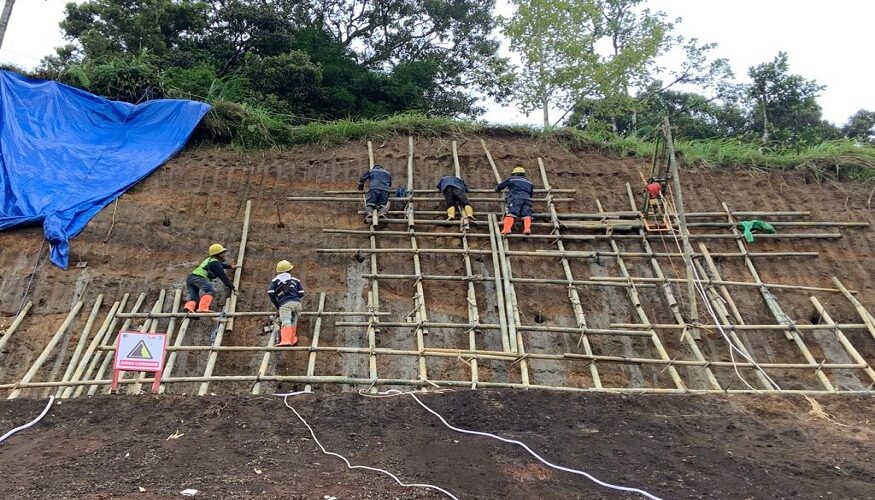Ground slope stabilization plays a critical role in preserving landscapes, preventing erosion, and reducing the risk of landslides. Whether for residential, commercial, or infrastructure projects, implementing effective stabilization methods ensures long-term structural integrity and environmental sustainability. By understanding the underlying causes of slope instability, property owners and developers can apply appropriate solutions that reinforce soil strength and minimize potential hazards.
Understanding the Causes of Slope Instability
Slope instability arises from a combination of natural and human-induced factors that weaken the structural integrity of the ground. Soil composition, moisture levels, and weather conditions significantly influence the stability of slopes. Loose or granular soils are more susceptible to movement, particularly when exposed to excessive rainfall or groundwater infiltration. When water saturates the soil, it reduces cohesion, leading to increased weight and potential slope failure.
Human activities such as excavation, deforestation, and construction also contribute to ground slope instability. Removing vegetation eliminates root structures that help anchor soil in place, making slopes more vulnerable to erosion. Additionally, improper drainage systems can exacerbate the problem by allowing water to accumulate and weaken the soil further. Understanding these factors is essential for selecting appropriate stabilization techniques that effectively address site-specific challenges.
Effective Methods for Ground Slope Stabilization
Several techniques can be used to stabilize slopes, depending on the terrain, soil type, and severity of the instability. One widely used approach involves retaining walls, which provide structural support by holding back soil and preventing movement. These walls are constructed using materials such as concrete, stone, or reinforced soil, offering durability and resistance to external forces. Proper drainage systems integrated into retaining walls help manage water flow and reduce hydrostatic pressure, further enhancing stability.
Another effective method includes soil reinforcement using geotextiles or geogrids. These synthetic materials improve soil strength by distributing loads evenly and preventing erosion. By reinforcing weak or loose soils, these materials enhance slope stability while maintaining natural drainage patterns. Additionally, deep-rooted vegetation can be strategically planted to stabilize slopes naturally. The root systems help bind soil particles together, reducing erosion and minimizing surface runoff.
Drainage control measures also play a vital role in slope stabilization by managing water flow and preventing excessive saturation. Installing subsurface drainage systems, such as perforated pipes or French drains, helps redirect water away from vulnerable areas. Surface drainage solutions, including channels and culverts, further prevent water from accumulating and causing slope failures. Properly managing water flow mitigates the risk of erosion and enhances overall slope stability.
The Importance of Professional Assessment in Slope Stabilization
Conducting a professional assessment is essential before implementing any slope stabilization method. Engineers and geotechnical experts analyze soil conditions, slope angles, and environmental factors to determine the most effective stabilization techniques. Site-specific evaluations help identify potential risks and develop tailored solutions that address the unique characteristics of each location.
Advanced stabilization techniques, such as soil nailing and rock bolting, are often employed for steep or highly unstable slopes. These methods involve inserting steel rods or anchors into the soil or rock face to provide additional reinforcement. When combined with shotcrete or other protective materials, these techniques enhance slope stability and prevent potential collapses. Professional assessments ensure that stabilization efforts align with the specific needs of a site, maximizing effectiveness and long-term resilience.
Implementing ground slope stabilization measures not only protects properties and infrastructure but also preserves the surrounding environment. Properly stabilized slopes prevent soil erosion, reduce sediment runoff into waterways, and maintain ecosystem balance. By adopting suitable stabilization techniques, property owners, developers, and engineers can safeguard landscapes and infrastructure from the risks associated with slope instability.

